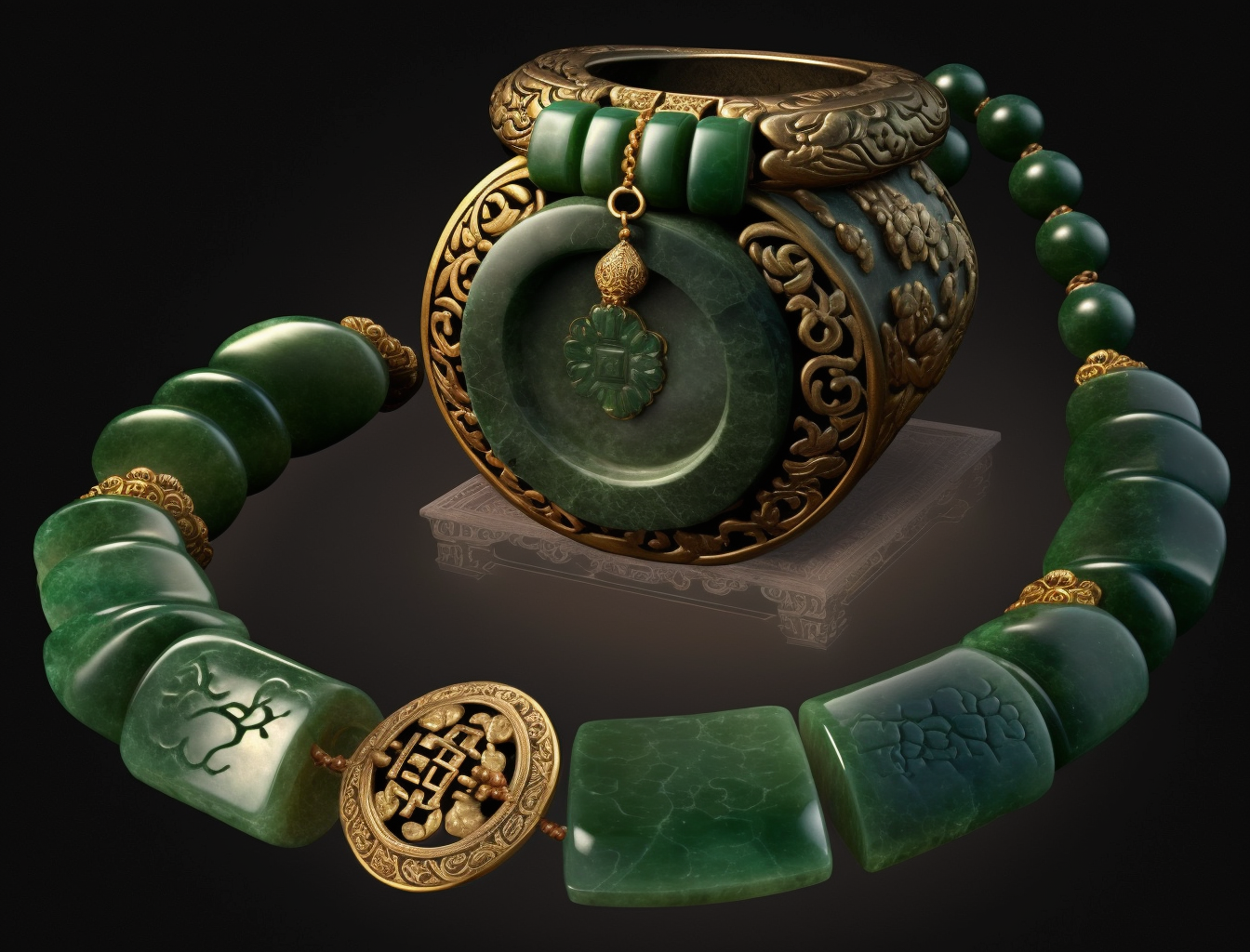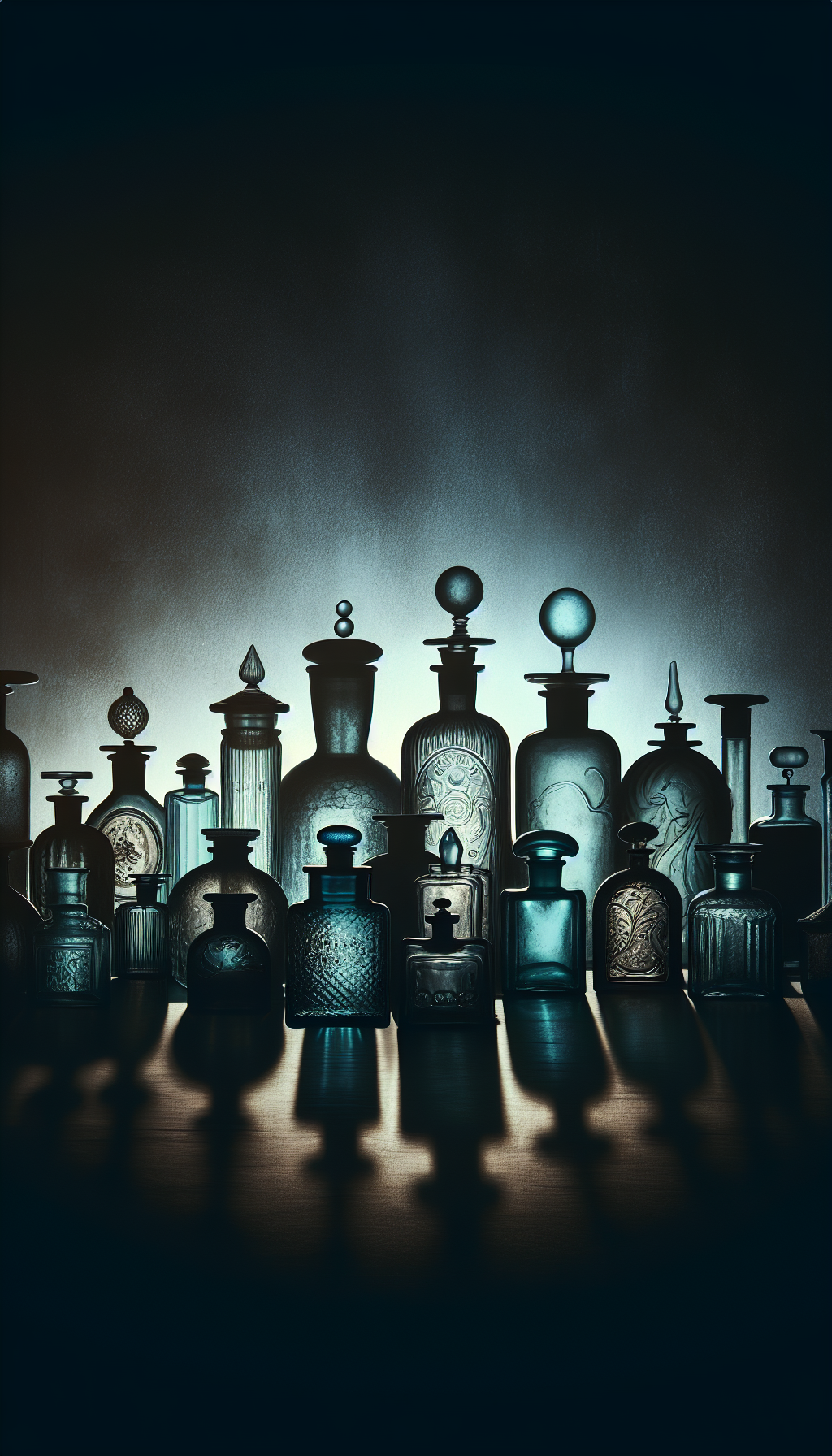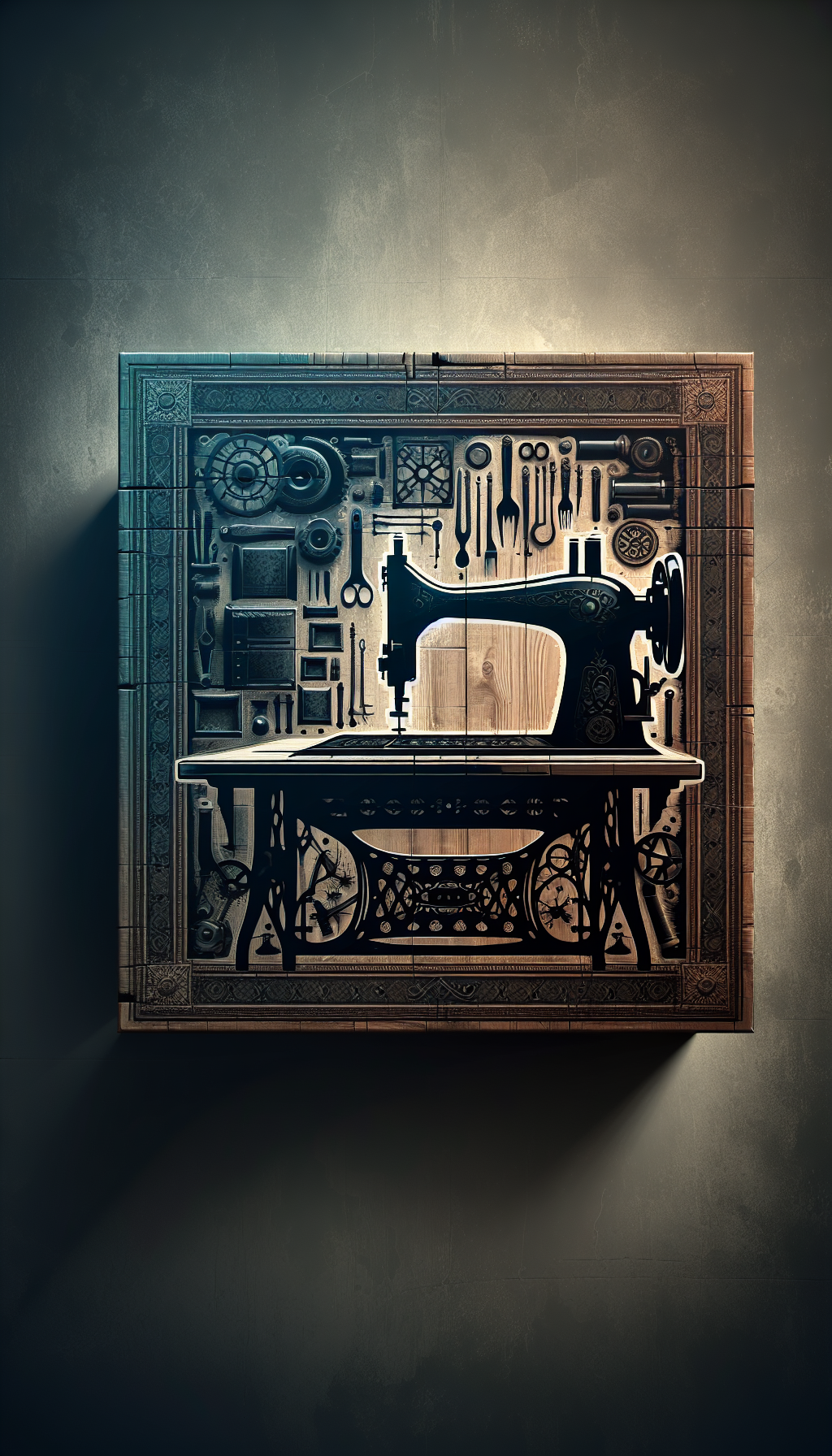How Much Is Green Jade Worth Exploring The Value Of The Green Gemstone
Green jade sits at the intersection of geology, artistry, and culture. Its value can swing from a few dollars for dyed trinkets to seven figures for top “Imperial” pieces. If you collect, appraise, or inherit jade, knowing how the trade sorts quality—and how the market pays for it—can be the difference between a decorative keepsake and a major asset.
This guide focuses on the green varieties of jade—both jadeite and nephrite—explaining what drives prices, how to recognize treatments, and how to think about valuation in today’s market.
Jadeite vs. Nephrite: The First Fork in Value
“Jade” is two different gemstones with overlapping looks but different chemistry and market dynamics.
- Jadeite
- Mineral: microcrystalline pyroxene.
- Benchmarks: higher translucency potential, higher density (SG ~3.30–3.34), slightly harder (Mohs ~6.5–7), spot RI ~1.66–1.67.
- Source: historically Myanmar (Burma) is the premier source for fine green jadeite.
- Market reality: commands the highest prices, especially in vivid, evenly saturated, translucent “Imperial” green.
- Nephrite
- Mineral: microcrystalline amphibole (actinolite/tremolite).
- Traits: typically more fibrous texture, lower density (SG ~2.90–3.10), Mohs ~6–6.5, spot RI ~1.61–1.62.
- Sources: China (Hetian/Hotan), Russia (Siberia), Canada (British Columbia), New Zealand (pounamu).
- Market reality: generally more affordable; prized in cultural contexts and in superb carvings or historical objects. Certain colors (e.g., rich “spinach” green, “moss-in-snow”) have dedicated followings.
For green stones specifically, fine jadeite dominates the top tier of price, but exceptional nephrite with great artistry, age, or provenance can still realize strong results.
The Six Drivers of Value in Green Jade
- Color
- Hue: Desirable “pure” green leans toward slightly yellowish green; avoid gray or brown modifiers.
- Tone: Medium to medium-dark tones show color vividly; too light can look washed, too dark can appear inky.
- Saturation: The single biggest factor. Vivid, intense color (“Imperial green”) carries dramatic premiums.
- Uniformity: Even color throughout is preferred over blotchy or veined looks (with some exceptions for artistic patterns in nephrite).
- Translucency
- Ranges from opaque to near-glassy. Increased translucency elevates brightness and “life.”
- Fine jadeite glows with inner light when backlit; in-hand, it appears lively rather than flat.
- Texture (Grain)
- Finer, tighter grain improves polish and luster; coarse grain scatters light and can look dull.
- Trade terms sometimes reference “old-mine” texture for jadeite with exceptionally tight grain.
- Clarity and Integrity
- Clouds, stringers, spots, and fractures detract. “Stone lines” and stress fissures are common and reduce value, especially in bangles.
- Structural soundness matters greatly for wearable forms that experience stress (bangles, rings).
- Size and Shape
- Larger, high-quality pieces are exponentially rarer and pricier.
- Form matters:
- Cabochons: symmetrical outline, pleasing dome, adequate thickness (not windowed).
- Bangles: even cross-section, desired inner diameter, no stress lines; larger sizes carry premiums.
- Pairs: matched color/translucency cab pairs fetch strong multiples.
- Craftsmanship and Artistry
- Crisp carving, balance, and polish elevate value, sometimes above the intrinsic material quality.
- Antique workmanship and cultural significance can override mid-grade color/translucency.
Natural vs. Treated Jade: Why It Matters
The trade divides jadeite into categories that heavily influence price:
- A-jade: Natural, untreated beyond standard polishing/waxing. Highest value.
- B-jade: Bleached to remove stains, then impregnated with polymer to improve translucency; structure is compromised. Lower value.
- C-jade: Dyed to enhance color. Color can appear unnaturally vivid or concentrated in fissures. Significantly lower value.
- B+C: Both bleached/polymer-impregnated and dyed. Lowest among treated, aside from composites.
- D-jade: Doublets/triplets (composites) with jade veneer on backing material.
Detection notes
- Polymer impregnation: Often shows patchy fluorescence under long-wave UV; FTIR and Raman spectroscopy are definitive.
- Dye: Concentrates along cracks or grain boundaries; may show unnatural, oversaturated hues. Some dyes fluoresce; spectroscopic tests are more reliable than visual alone.
- Common lookalikes sold as “jade”: dyed quartzite, serpentine (“new jade”), prehnite, glass, aventurine quartz, chrysoprase.
Value impact
- Untreated (A) commands substantial premiums and market trust.
- Treated (B/C) pieces are decorative; their resale value is a fraction of natural equivalents.
- Certification from a respected gem lab can materially affect price, especially at higher tiers.
How the Market Prices Green Jade Today
Jade is frequently sold by the piece (bangle, cabochon, carving) rather than strictly by carat. Size in millimeters and overall presence often trump carat weight. The following broad ranges are indicative, not prescriptive; provenance, craftsmanship, and venue (retail vs auction vs trade) can shift outcomes considerably.
Nephrite (green)
- Commercial beads/pendants, opaque to slightly translucent, modern manufacture:
- Rough guide: $1–5 per gram; $20–150 per small pendant.
- Better-quality carvings or jewelry with appealing “spinach” or “moss-in-snow” effects:
- $5–20 per gram; $200–1,500+ depending on artistry and size.
- Antique or signed master-carvings, fine color and polish:
- Low thousands to mid five figures; exceptional or imperial-period provenance can reach six figures.
Jadeite (green)
- Treated (B/C) cabochons or beads:
- $5–30 per carat; $50–300 for bracelets/strands. Decorative value only.
- Natural, commercial cabochons (uneven color, mostly opaque):
- $30–200 per carat; $50–500 per cabochon.
- Natural, medium apple-green, semi-translucent cabs:
- $200–1,000 per carat; $300–3,000 per piece.
- Natural, fine green with good translucency and evenness (not quite “Imperial”):
- $1,000–5,000 per carat; $3,000–20,000+ per piece.
- Top “Imperial” green, high translucency, excellent texture and saturation:
- $5,000–30,000+ per carat; rare premier stones can exceed $100,000/ct at auction.
Jadeite bangles (by piece, natural)
- Opaque to cloudy green-gray:
- ~$300–2,000 depending on size and finish.
- Bright green, semi-translucent:
- ~$5,000–50,000.
- Exceptional Imperial quality:
- ~$100,000 to well over $1,000,000, with museum-grade examples far beyond.
Additional price levers
- Matching pairs of cabs for earrings: 1.5–3× single-stone pricing depending on match quality.
- Larger sizes within quality brackets can exponentially increase value due to rarity.
- Certification: a respected A-jade report can unlock higher tiers; inconclusive or absent reports can cap bids.
- Market demand: Green jade is strongly influenced by demand in Greater China; supply restrictions from Myanmar and geopolitical factors can lead to price volatility.
Appraising a Piece: A Step-by-Step Approach
- Identify the species
- Use SG and refractive index to separate jadeite (RI ~1.66–1.67, SG ~3.32) from nephrite (RI ~1.61–1.62, SG ~3.0).
- Note microstructure: jadeite is granular, nephrite fibrous, but this often requires magnification and experience.
- Evaluate color under consistent lighting
- Neutral daylight-equivalent illumination; compare against gray card to check saturation and tone.
- Look for evenness, undesirable gray/brown modifiers, and any “electric” artificial-looking hues (possible dye).
- Judge translucency and texture
- Backlight to assess internal glow; in-hand, observe surface luster and “oiliness” of polish.
- Finer grain improves luster and perceived saturation.
- Inspect clarity and structural integrity
- 10× loupe: search for cracks, stone lines, cloudy areas, and any material weakness (especially in bangles).
- Check drilled areas and edges for concentrations of color (possible dye) or resin residues.
- Assess craftsmanship and form
- Symmetry, proportions, polish, line quality in carvings; uniform thickness in bangles.
- For cabochons, examine dome height relative to spread; avoid overly thin “windowed” stones.
- Screen for treatments
- UV check for patchy fluorescence; look for color in fissures.
- Refer for FTIR/Raman and, if warranted, advanced testing. Secure a lab report for significant value items.
- Size and weigh appropriately
- Report in millimeters and grams for carvings/bangles; carats for cabs if customary, but include dimensions.
- Build comparables
- Match by species, quality grade, size, and form. Adjust for certification, provenance, and venue.
- For antiques, weigh historical and cultural significance alongside material quality.
- Document and conclude
- Clear photos, measurements, condition notes, and lab results.
- Provide a value range aligned to current market tier and venue (retail replacement vs auction estimate vs fair market).
Pitfalls, Fakes, and Lookalikes
- Dyed quartzite: Often sold as “jade”; tends to have granular texture and overly bright, uniform color. Dye concentrates in cracks.
- Serpentine (“new jade”): Softer, waxy look; lower SG; scratches more easily; often yellow-green.
- Aventurine quartz: Sparkly due to mica inclusions; the glitter is a giveaway.
- Glass: Bubbles under magnification; warm to the touch; uniform color; strong luster but lacks jade’s fibrous/granular internal character.
- Prehnite, chrysoprase: Can resemble jadeite’s translucency; test RI/SG to confirm.
- “Hot needle” or scratch tests: Do not use; they damage the piece and are unreliable indicators.
- Sound test for bangles: Light tap can produce a musical ring in high-quality, intact bangles, but this is not definitive and risks damage if done aggressively.
Care, Storage, and Insurance Pointers
- Cleaning: Warm water, mild soap, soft brush; avoid ultrasonic and steam cleaners—especially dangerous for treated jade.
- Chemicals/heat: Keep away from harsh solvents and high heat. Polymer-impregnated pieces can degrade.
- Wear: Jade is tough, but repeated shock can open pre-existing fractures. Remove bangles for strenuous activity.
- Storage: Separate from harder gems to prevent scratching; avoid dry heat that can desiccate polymer-treated items.
- Documentation: Keep lab reports, purchase receipts, and provenance notes together; they materially support appraisal values.
- Insurance: Insure significant pieces at replacement value; review and update after major market movements.
Practical Checklist: Quick Triage for Green Jade
- Confirm species: jadeite vs nephrite via RI/SG when possible.
- Check color: Is green vivid and even? Any gray/brown cast?
- Assess translucency: Opaque, semi-translucent, or glowing?
- Look for treatments: Dye in fissures? Patchy UV response? Seek lab confirmation.
- Inspect integrity: Cracks, stone lines, repairs; critical for bangles.
- Evaluate craftsmanship: Symmetry, polish, carving finesse.
- Measure properly: Millimeters and grams; record bangle inner diameter and thickness.
- Compare comps: Same form, size, quality, and treatment status.
- Document: Photos, notes, and any reports for valuation support.
FAQ
Q: Is jade priced by carat like diamonds? A: Often no. Cabochons may be discussed per carat, but bangles and carvings are priced per piece, with dimensions and overall presence carrying more weight.
Q: What exactly is “Imperial” jade? A: A trade term for the finest green jadeite exhibiting vivid saturation, even color, medium tone, high translucency, and fine texture. It commands the highest prices.
Q: How can I tell if my jade is dyed or polymer-treated? A: Visual clues include overly bright, uniform color and dye concentrated in cracks; polymer may show patchy UV fluorescence. Definitive answers require lab tests such as FTIR/Raman.
Q: Does origin matter for value? A: For jadeite, Myanmar origin has historical cachet and is associated with top material. For nephrite, desirable sources include Hetian (China), Siberia, and certain Canadian localities. Origin affects perception but quality still drives price.
Q: Are antique nephrite carvings valuable even if the green is dull? A: Yes. Age, artistry, condition, and provenance can outweigh color/translucency in market value, especially for culturally significant pieces.
Green jade’s worth is a synthesis of material quality, craftsmanship, authenticity, and demand. Learn to grade color and translucency, verify treatments, and use consistent comparables, and you’ll appraise with confidence in a market where nuance is everything.




